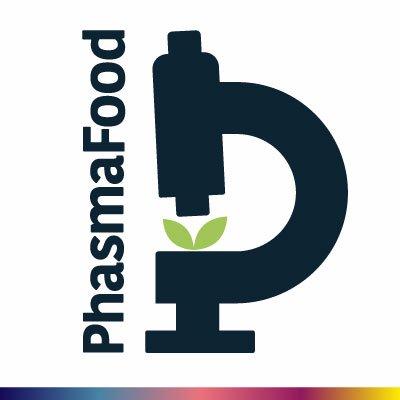PhasmaFOOD

Summary: PhasmaFOOD is an EU-funded H2020 project that represents a strong consortium of nine leading food security, sensing technologies and information technology stakeholders in Europe. PhasmaFOOD is working on the development, demonstration and exploitation of a miniaturized smart integrated system that will be able to detect food hazards, spoilage and food fraud through heterogeneous micro-scale photonics. The connected device will be integrated with a parameterized, knowledge-based, software architecture for on-the-spot food quality sensing and shelf-life prediction.
AG-COMM contributes to this project with their expertise in Compressed Sensing, Machine Learning and image processing and is an integral part of the project's software development team, providing the machine learning backend, cloud platform functionality and algorithms for image compression and classification.
The main objective of the PhasmaFOOD is to design and implement a multi-target food sensitive mini-portable system for on-the-spot food quality sensing and shelf-life prediction. The PhasmaFOOD miniaturized smart integrated system will be able to detect food hazards, spoilage -including early signs of spoilage-, and food fraud through heterogeneous micro-scale photonics. The connected device will be integrated with a parameterized, knowledge-based, software architecture for on-the-spot food quality sensing and shelf-life prediction.
The hardware design foresees three (3) sensor devices integrated in the miniaturised smart sensor node: i) a MEMS-based near IR spectrometer (950-1900 nm), ii) a UV-VIS spectrometer (450-900 nm) and iii) a micro-camera.
Moreover 3 light sources will also be integrated to support the sensing functionality:
- UV-LED,
- white LED and
- a miniaturised IR emitter. Smart signal processing of the spectrum images will be performed by an advanced microcontroller, integrated in the sensing device.

The data will be communicated to a smartphone device, where the spectroscopy analysis will take place with the help of a cloud-base application connected to a reference database. Advanced detection algorithms will be deployed both in the level of cloud and the smartphone application.
The following use cases will be investigated during the project:
- Use case 1: Detection of mycotoxins in various grains and nuts. Aflatoxins detection. A simple, convenient ultraviolet test makes it possible to detect the possible presence of aflatoxin.
- Use case 2: Detection of early sign of spoilage and spoilage in fruits, vegetables, meat, fish: combined with estimation on product expiration date.
- Use case 3: Detection of food fraud: Adulteration of alcoholic beverages, oil, milk and meat.
AG-COMM is implementing the machine learning backend for the PhasmaFOOD software, provides machine learning pipelines for all three use cases and is in charge of processing the images from the micro-camera, both on the embedded device level and in the cloud. AG-COMM forsees a holistic ansatz, combining the need for a fast and effective compression algorithm to be deployed on a microcontroller inside the PhasmaFOOD embedded device with a sophisticated classifier in the PhasmaFOOD cloud platform. Drawing on the group's expertise in Compressed Sensing, a data-adaptive, label-aware dictionary will be learned in the cloud, with help of which incoming images can be optimally represented as sparse vectors. The sparse codes will not only satisfy the requirements for compression on the embedded level, but also serve as meaningful input features for the cloud-based classification algorithms.
Based on the PhasmaFOOD device prototypes and software architecture, new services and business opportunities are expected to emerge. PhasmaFOOD will capitalise on its exploitation potential to address the requirements of an emerging market and the resulting business growth potential.
